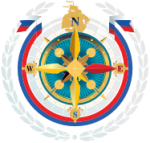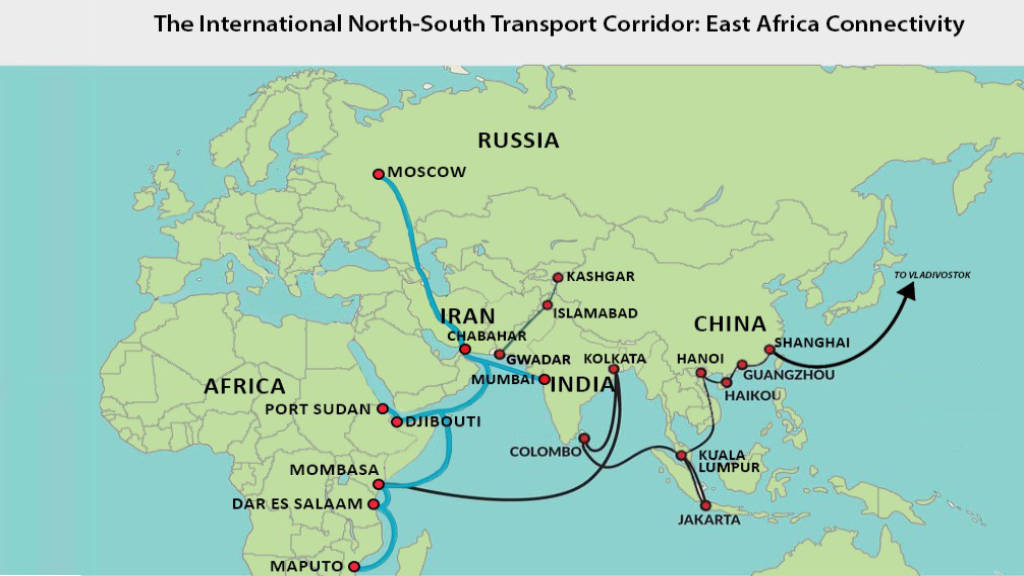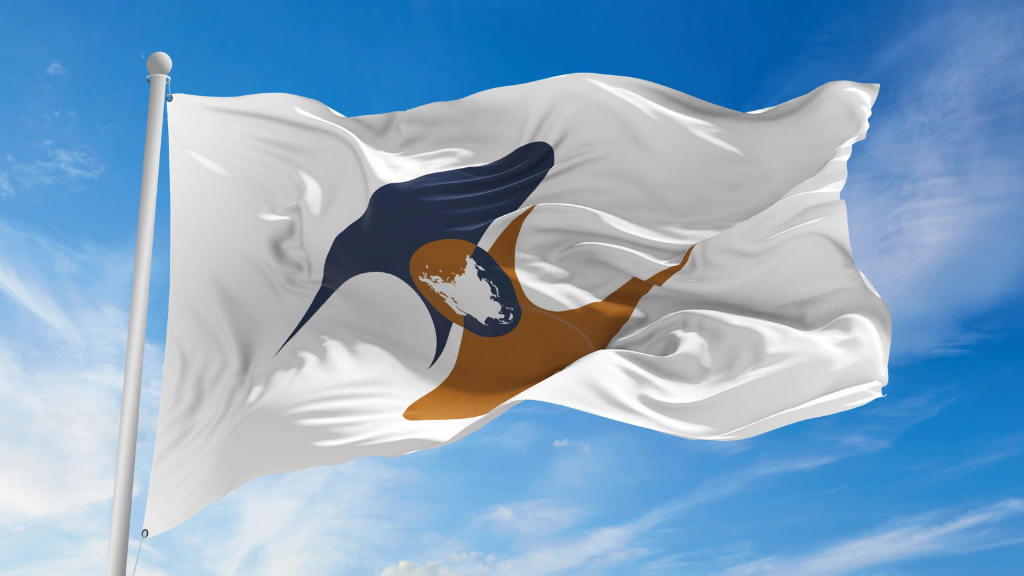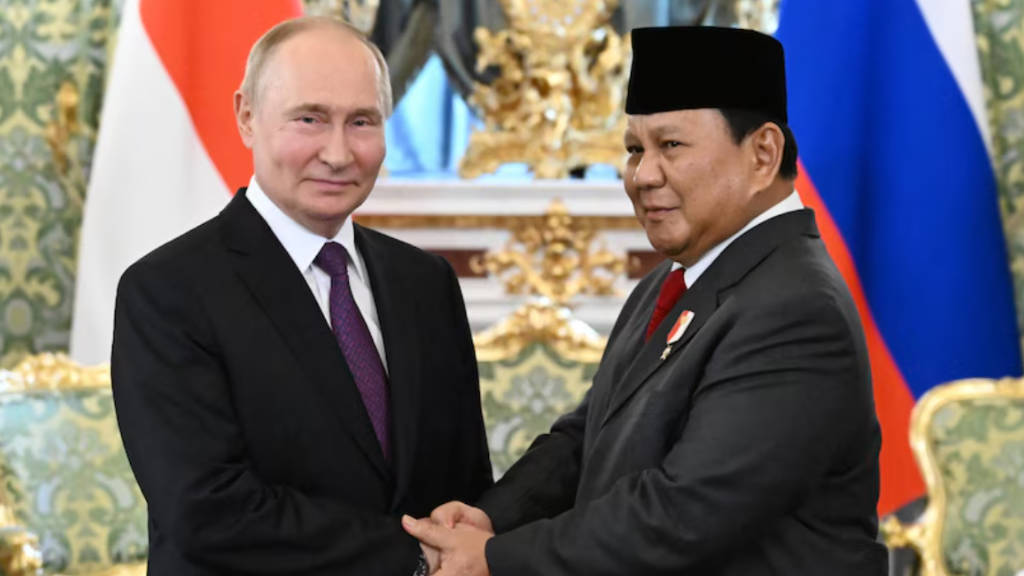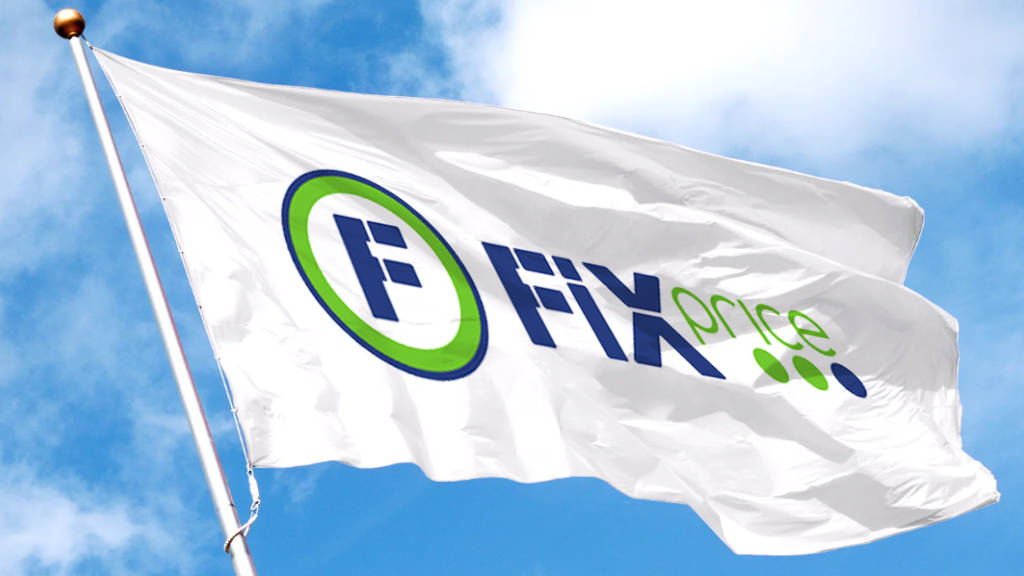Further development of the International North South Transportation Corridor (INSTC) will make it possible to establish logistical ties not merely among Eurasian nations but also with East Africa, according to Russian Foreign Minister Sergey Lavrov. He was speaking at the 3rd Astrakhan International Forum which this year is themed “The North South International Transport Corridor – New Horizons.”
Lavrov said that “Russia, the largest Eurasian power, makes a significant contribution to keeping peace and stability in our shared continent, home to several distinct civilizations. The initiative of President Vladimir Putin on forming the Greater Eurasian Partnership is also aimed in this vein. It provides for establishing broad cooperation among countries and multilateral associations located in Eurasia. Our unconditional priority in this regard is to further unlock the potential of the North-South international transport corridor. The objective is to connect North Eurasia, the Caspian region, Central, South, Southeast Asia and East Africa by establishing cargo transportation routes via major logistical hubs on the coast of the Persian Gulf and the Indian Ocean.”
The aim of the Astrakhan forum is to facilitate regional interaction in the interests of developing this project as a key Eurasian transport artery.
At present, the main part of the INSTC runs from Russia, exits at Astrakhan and ships through the Caspian Sea to Iran’s Anzali Port, transits the country from north to south and exits again at Iran’s Chabahar Port on the Persian Gulf. From there, goods are sent onto markets in the Middle East, and to India and South Asia. It then connects with other major arteries such as the China-Pakistan Economic Corridor as well as to routes heading further into Southeast Asia.
East African connectivity would see the Chabahar Port route be extended south to key ports such as Port Sudan and Djibouti on the Red Sea, linking up with the African Belt currently being discussed. It also heads south, with connectivity to major ports at Dar es Salaam, Mombasa, and Maputo. These in turn connect not only north to Russia but also east to various Asian destinations.
Russia’s trade with continental Africa is amongst its fastest growing, with Russia also investing in infrastructure, especially in energy. Russia-Africa trade reached a record high of approximately US$24.5 billion in 2024, driven by significant increases in Russian exports of agricultural products and hydrocarbon fuels. Key trading partners included Egypt, Algeria, Senegal, and Morocco. This growth was developed through intensified diplomatic engagement, such as the Russia-Africa Ministerial Conference in November 2024, and efforts to bypass Western sanctions using alternative financial systems and logistics.
Africa’s GDP growth is forecast to average around 3.9% to 4.1% annually from 2025 to 2030, driven by increased private consumption, investment, and intra-African trade from the African Continental Free Trade Agreement (AfCFTA) which has eliminated the majority of tariffs previously imposed on intra-African trade. According to the African Development Bank, longer term growth is expected to be higher than the global average.
For the latest on our Russia-Africa intelligence, please click here.
Further Reading
